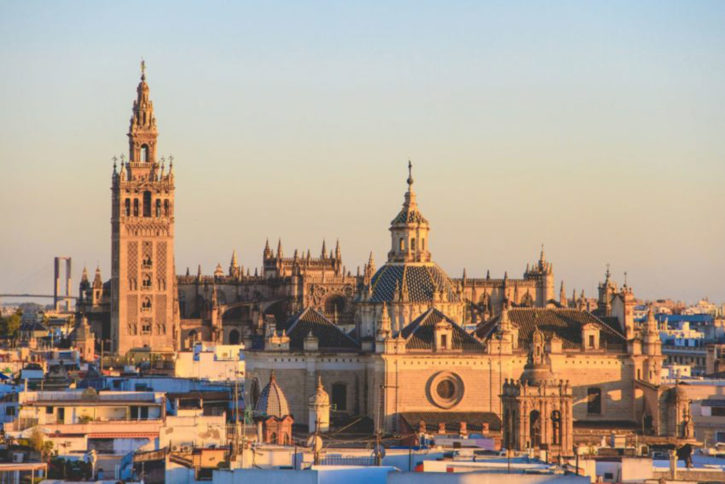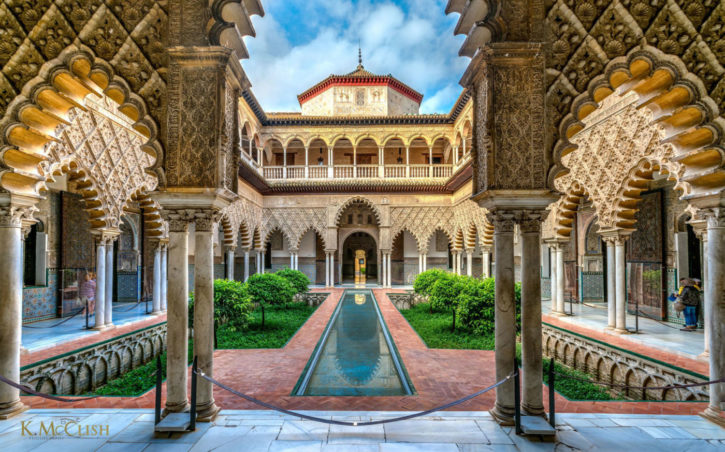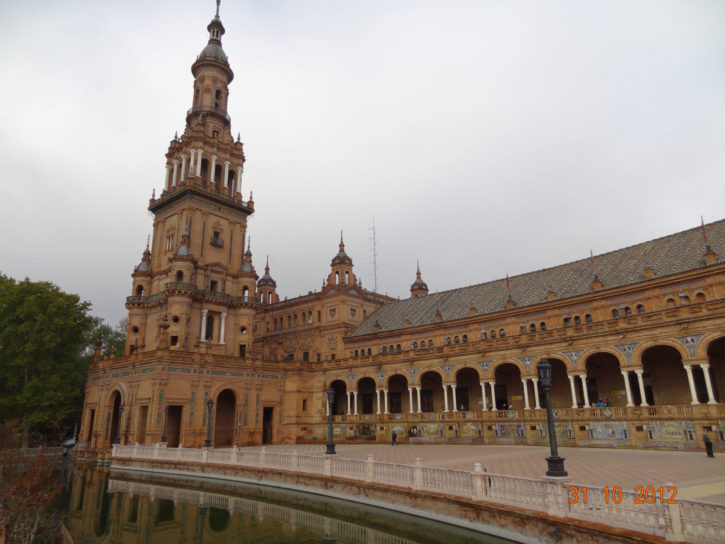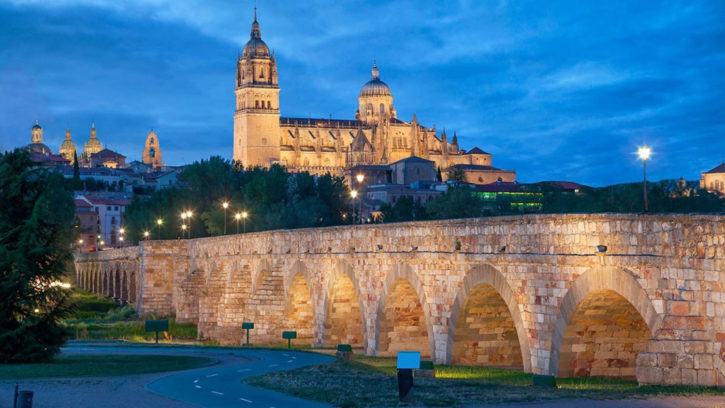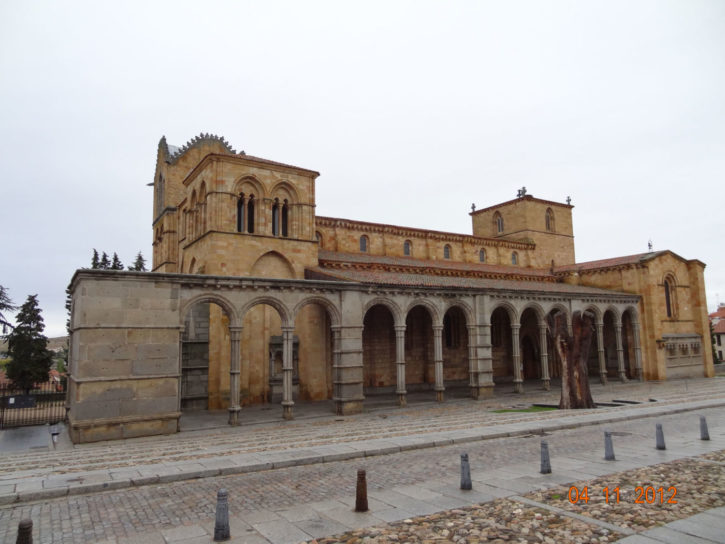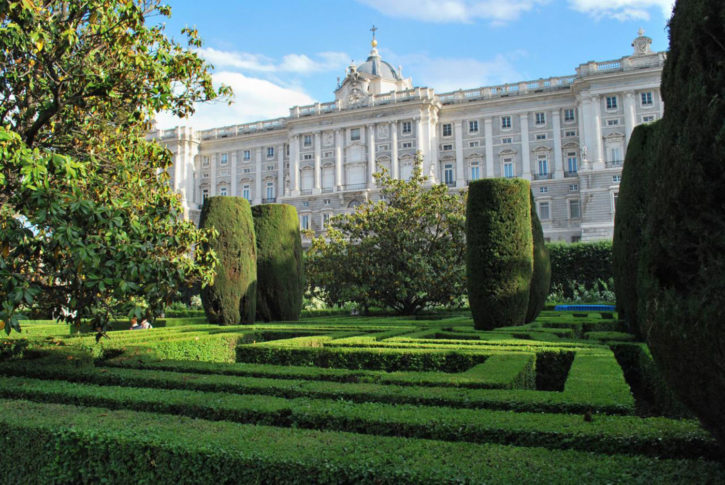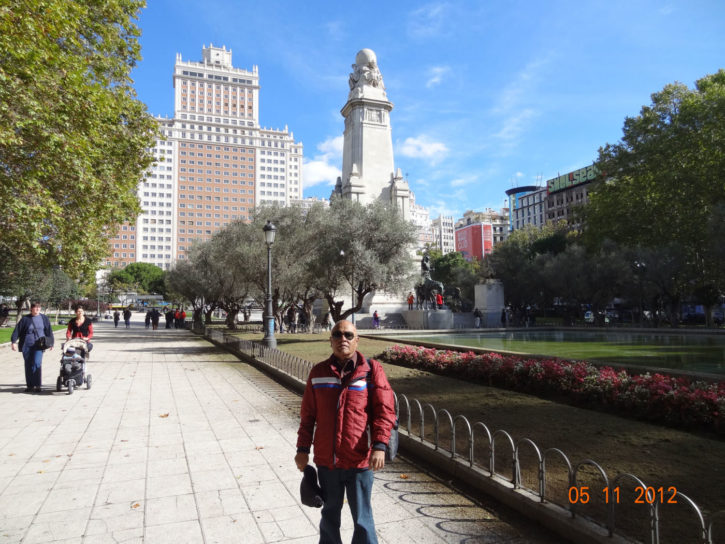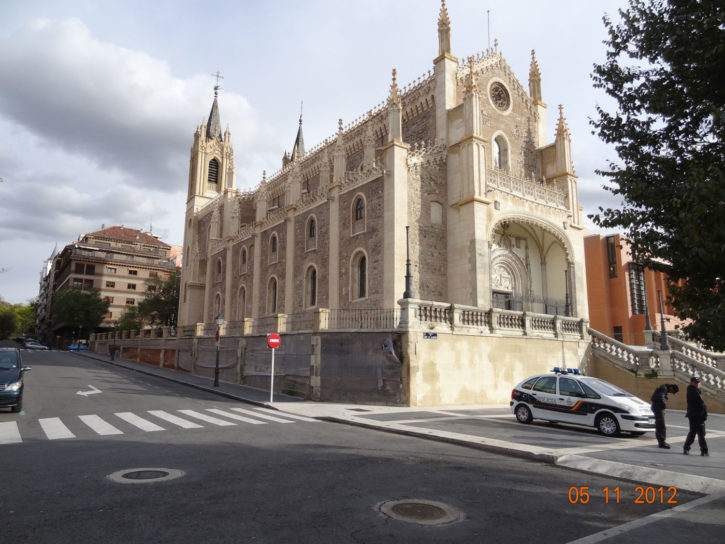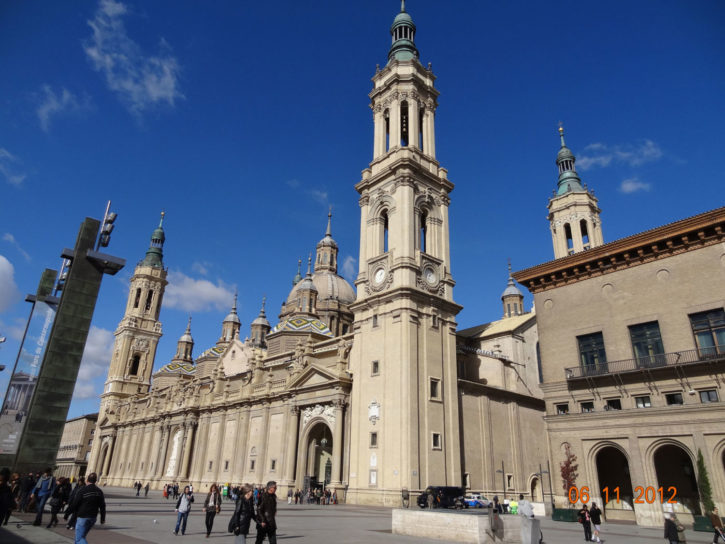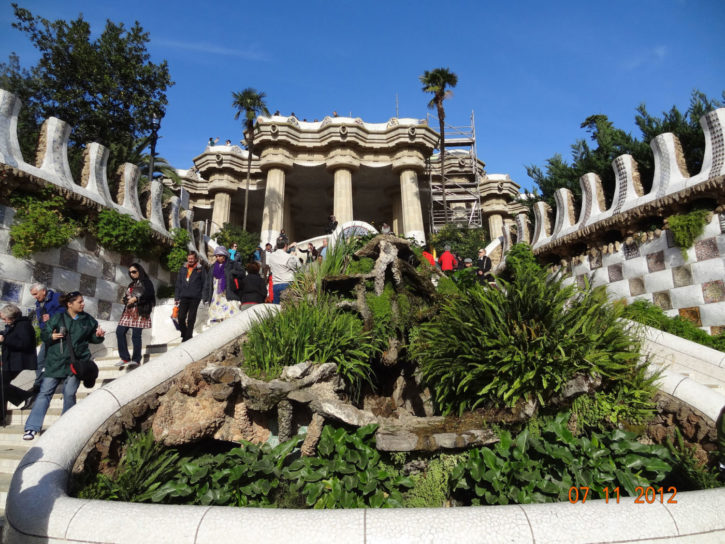Seville Cathedral – Tomb of Chritopher Columbus
This enormous structure, beautiful architectural flourishes, relics and historical curios. With 80 different chapels it’s the largest cathedral in the world by volume and is a World Heritage site. There are also hints of the mosque that once stood on this spot, especially in the Court of the Orange trees …

